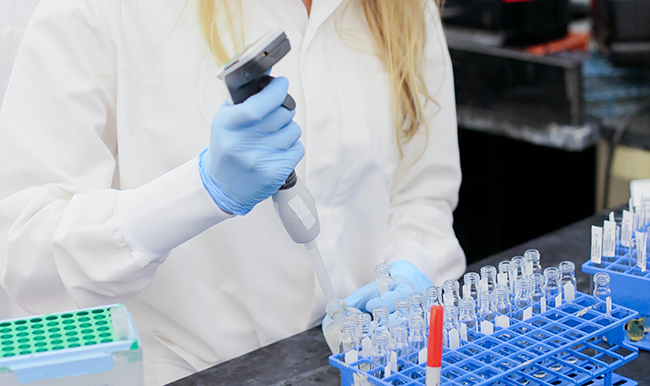 Periodic drug testing is scheduled and is typically performed on current employees at consistent time periods throughout the year. Many companies choose to perform annual periodic testing – especially if employees are required to undergo an annual physical. Since periodic testing is a scheduled, announced test, it can present a drawback in that employees who do use drugs are sometimes able to cease their drug use or otherwise take measures to undermine the integrity of their drug test results. Periodic testing is not a part of the DOT’s 49 CFR Part 40 Rules and within the federally-mandated, safety-sensitive workforce is associated with US Coast Guard testing requirements.
Periodic drug testing is scheduled and is typically performed on current employees at consistent time periods throughout the year. Many companies choose to perform annual periodic testing – especially if employees are required to undergo an annual physical. Since periodic testing is a scheduled, announced test, it can present a drawback in that employees who do use drugs are sometimes able to cease their drug use or otherwise take measures to undermine the integrity of their drug test results. Periodic testing is not a part of the DOT’s 49 CFR Part 40 Rules and within the federally-mandated, safety-sensitive workforce is associated with US Coast Guard testing requirements.
Positivity Rates
Results from the 2014 Quest Diagnostics Drug Testing Index™ (DTI) show that periodic urine drug tests in the general U.S. workforce had a 1.6 percent positivity rate and a 0.9 percent positivity rate in the federally-mandated, safety-sensitive workforce.
Testing Prevalence
Data gathered from Quest Diagnostics show that in 2014, follow-up tests accounted for only 0.5 percent of general U.S. workforce urine drug tests and only 0.2 percent of tests performed in the federally-mandated, safety-sensitive workforce. Furthermore, similar to random drug testing, some states and cities do not allow employers to perform periodic drug testing.
Specimen Types
While lab-based urine testing is the only approved method for use in federally-mandated, safety-sensitive drug testing, oral fluid and hair testing are also suitable specimens for periodic drug testing programs.
In Conclusion
Each reason for testing has its place and purpose in helping to create and maintain a drug-free workplace. Periodic testing is no different. This testing tends to be a simple program to manage, as it runs a low risk of bias and requires no special training since all employees are equally subjected to testing. When used in combination with other reasons for testing, or as alluded to earlier, in combination with other employee screening programs – like physical exams – periodic testing can help minimize employee drug use.
As the final post in our Reasons for Testing Series, periodic testing, in additional to pre-employment, random, reasonable suspicion, post-accident testing, etc., all have their place in the applicant and employee drug testing realm. While they each have their individual strengths and limitations, their collective ability to detect and deter drug use is most evident when multiple reasons for testing are employed in combination.
For more information about drug testing, specimen types, reasons for testing and how to create a drug-free workplace, visit our website.
Employers design drug-free workplace programs to protect their organizations from the adverse impacts of drug abuse and promote productivity, health and safety. Every drug testing type and method has its strengths and employers must choose which works best for their organizations.
This blog series explores the different reasons for drug testing, the frequency of each and the specific pros and cons each one provides. Read the introductory post to learn more about the series.
 Your Privacy Choices
|
Privacy Notices
|
Terms
|
Language Assistance / Non-Discrimination Notice | Asistencia de Idiomas / Aviso de no Discriminación | 語言協助 / 不䈚視通知
Your Privacy Choices
|
Privacy Notices
|
Terms
|
Language Assistance / Non-Discrimination Notice | Asistencia de Idiomas / Aviso de no Discriminación | 語言協助 / 不䈚視通知







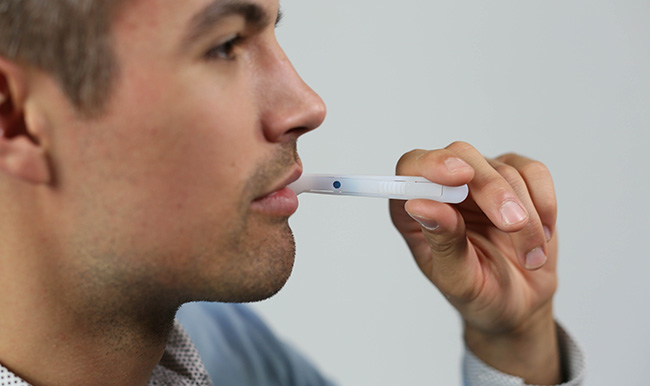
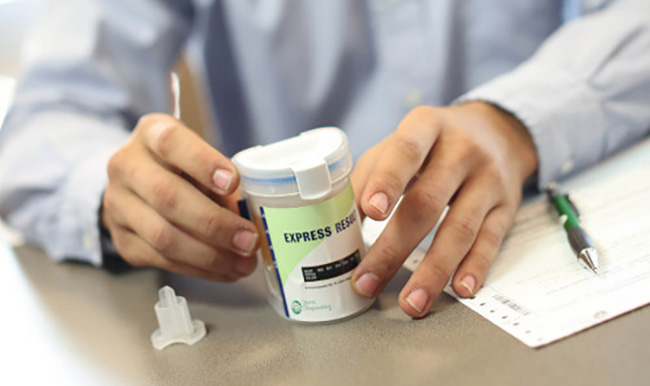
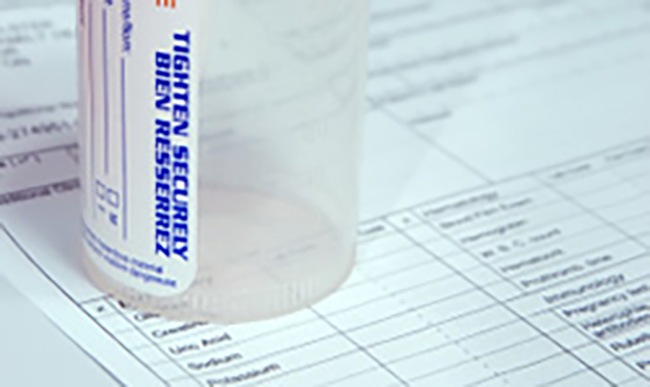
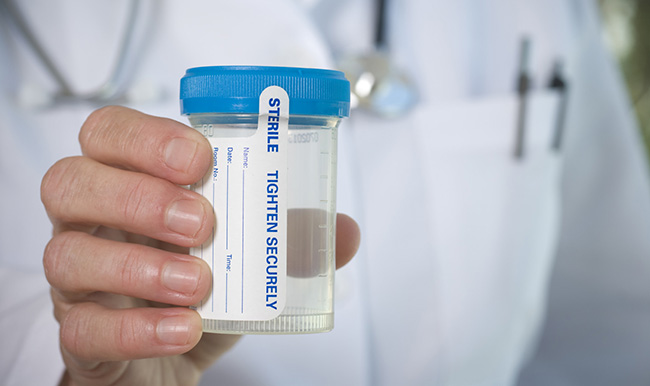




Positivity Rates
Results from the 2014 Quest Diagnostics Drug Testing Index™ (DTI) show that periodic urine drug tests in the general U.S. workforce had a 1.6 percent positivity rate and a 0.9 percent positivity rate in the federally-mandated, safety-sensitive workforce.
Testing Prevalence
Data gathered from Quest Diagnostics show that in 2014, follow-up tests accounted for only 0.5 percent of general U.S. workforce urine drug tests and only 0.2 percent of tests performed in the federally-mandated, safety-sensitive workforce. Furthermore, similar to random drug testing, some states and cities do not allow employers to perform periodic drug testing.
Specimen Types
While lab-based urine testing is the only approved method for use in federally-mandated, safety-sensitive drug testing, oral fluid and hair testing are also suitable specimens for periodic drug testing programs.
In Conclusion
Each reason for testing has its place and purpose in helping to create and maintain a drug-free workplace. Periodic testing is no different. This testing tends to be a simple program to manage, as it runs a low risk of bias and requires no special training since all employees are equally subjected to testing. When used in combination with other reasons for testing, or as alluded to earlier, in combination with other employee screening programs – like physical exams – periodic testing can help minimize employee drug use.
As the final post in our Reasons for Testing Series, periodic testing, in additional to pre-employment, random, reasonable suspicion, post-accident testing, etc., all have their place in the applicant and employee drug testing realm. While they each have their individual strengths and limitations, their collective ability to detect and deter drug use is most evident when multiple reasons for testing are employed in combination.
For more information about drug testing, specimen types, reasons for testing and how to create a drug-free workplace, visit our website.
Employers design drug-free workplace programs to protect their organizations from the adverse impacts of drug abuse and promote productivity, health and safety. Every drug testing type and method has its strengths and employers must choose which works best for their organizations.
This blog series explores the different reasons for drug testing, the frequency of each and the specific pros and cons each one provides. Read the introductory post to learn more about the series.